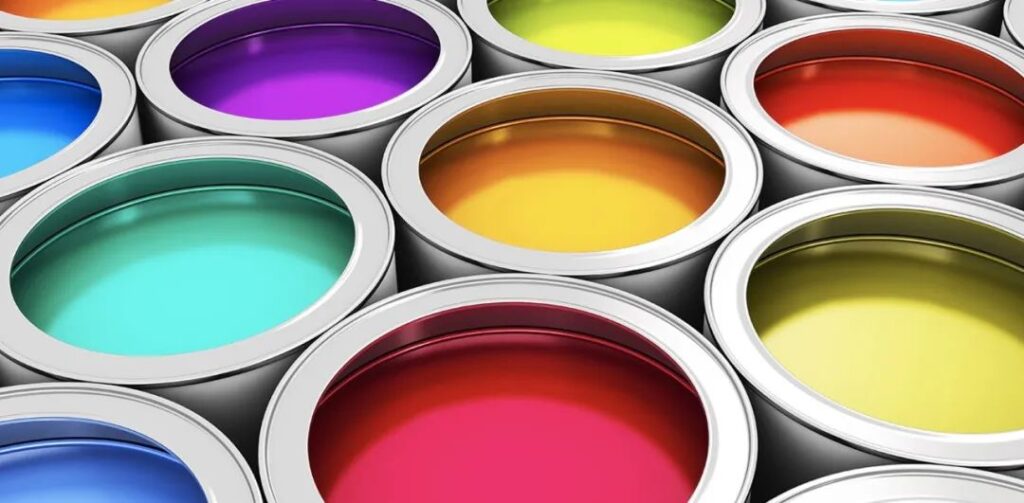Titanium dioxide, also known as titanium dioxide, chemical formula TiO2, is an important inorganic chemical pigment in the form of white solid or powder. It is non-toxic, has high whiteness and brightness, and is considered to be the best white pigment to improve the whiteness of materials. It is widely used in coatings, plastics, rubber, paper, ink, ceramics, glass and other industries. Titanium dioxide is closely related to the national economy and is known as the "barometer of economic development." Especially in the field of coatings, the main function of titanium dioxide is to whiten, improve the color and texture of the product, and at the same time, it can also play anti-corrosion, protect the substrate, increase the thickness and service life of the coating, etc.
Read More









